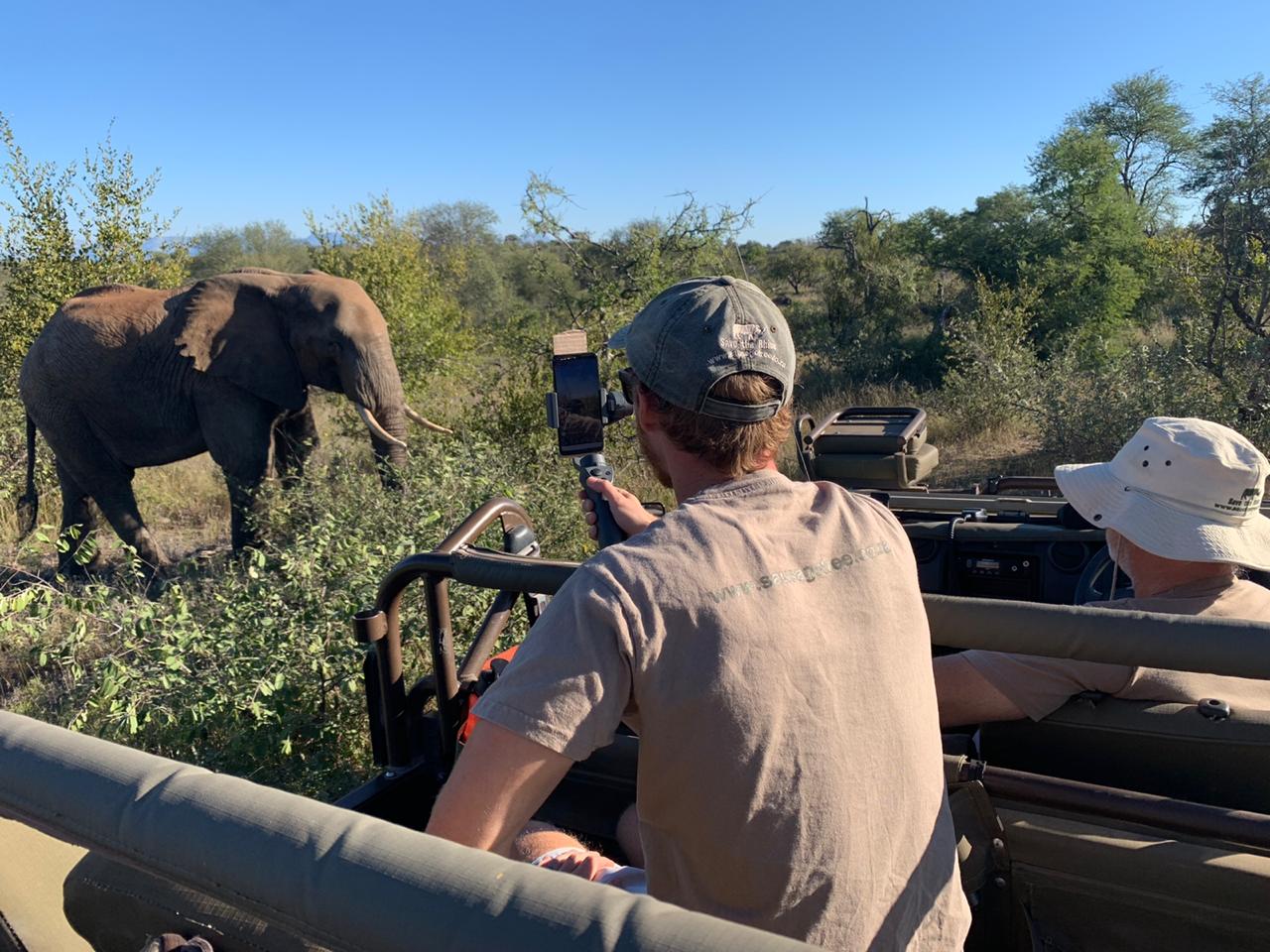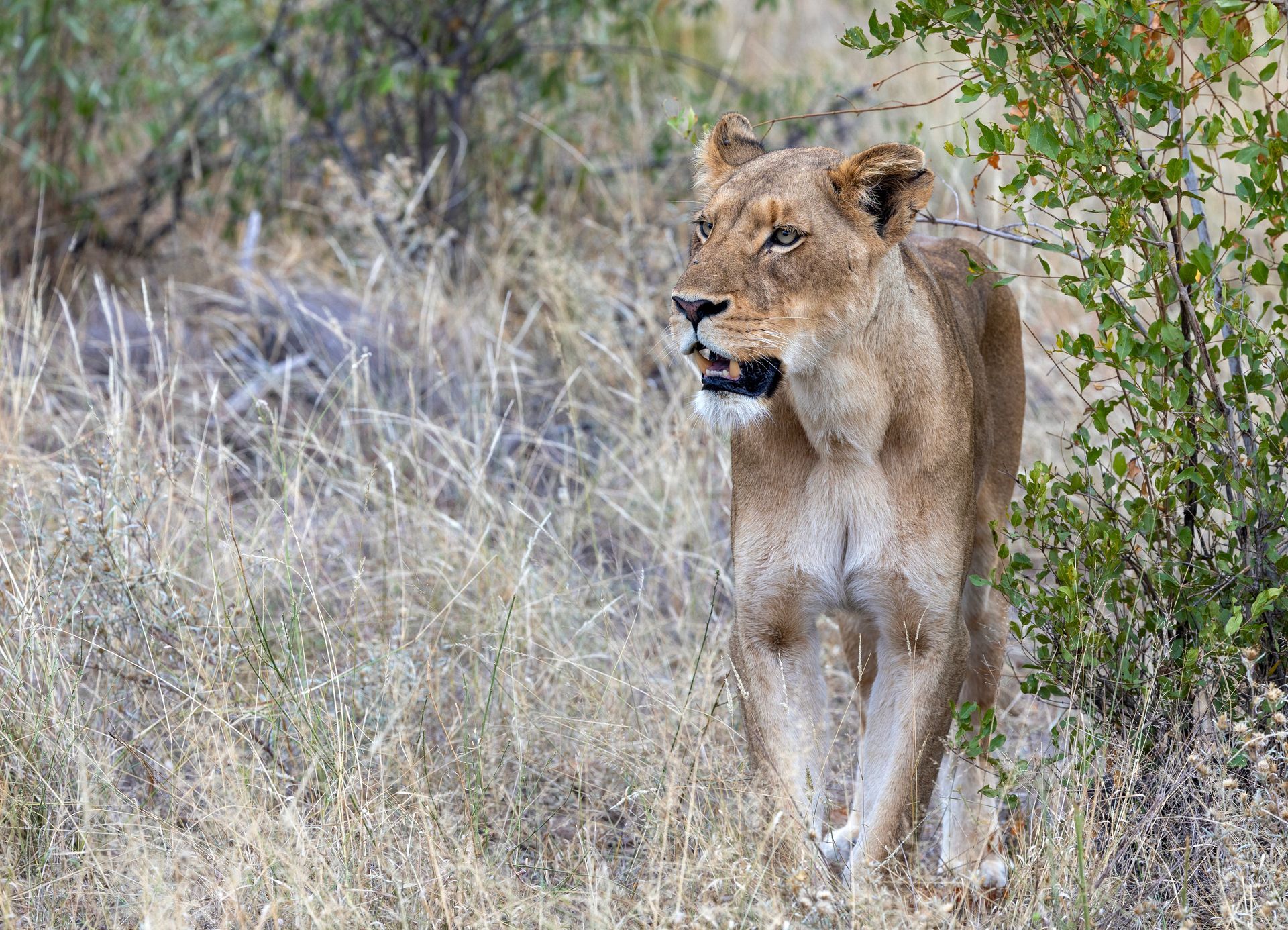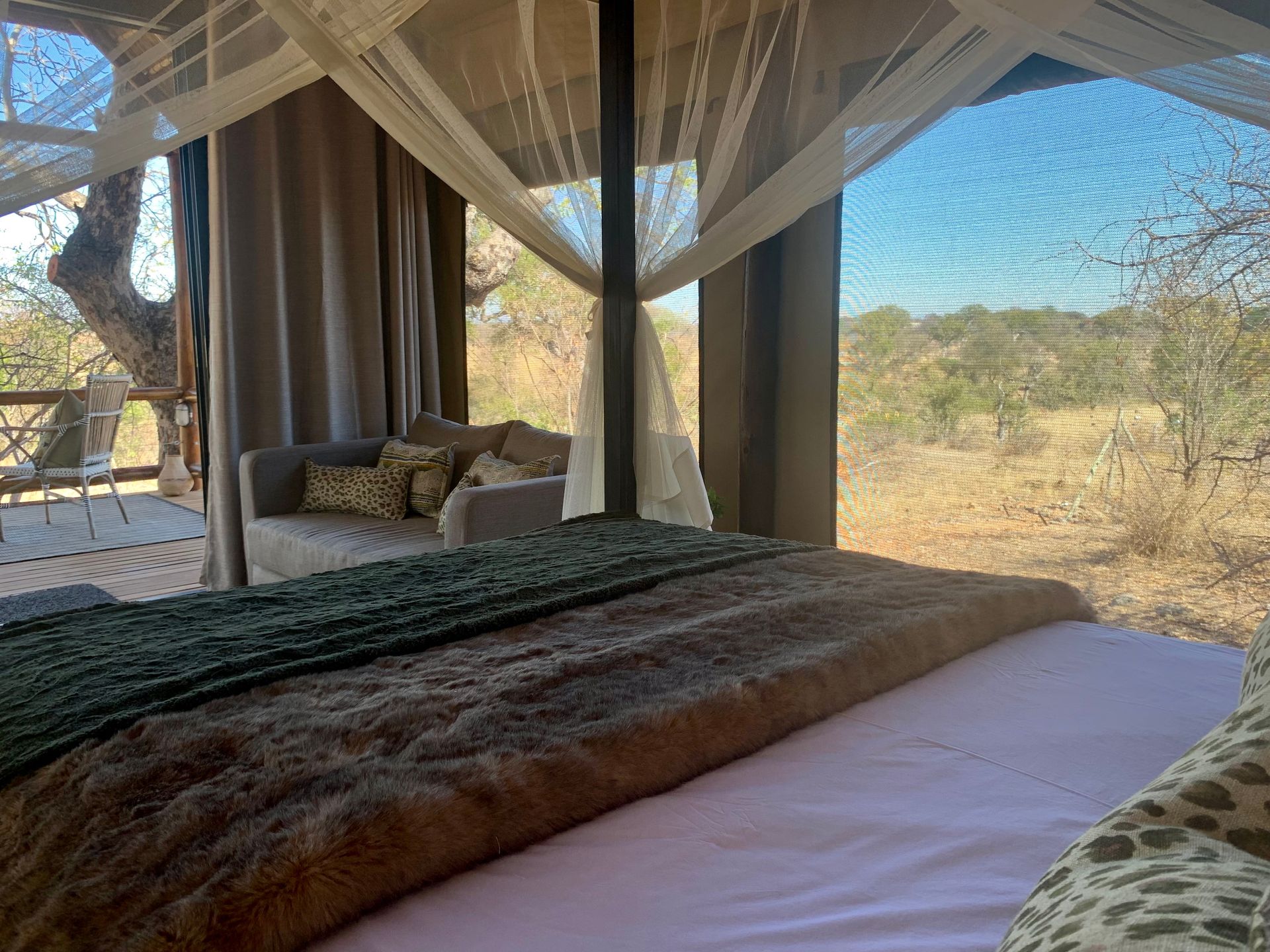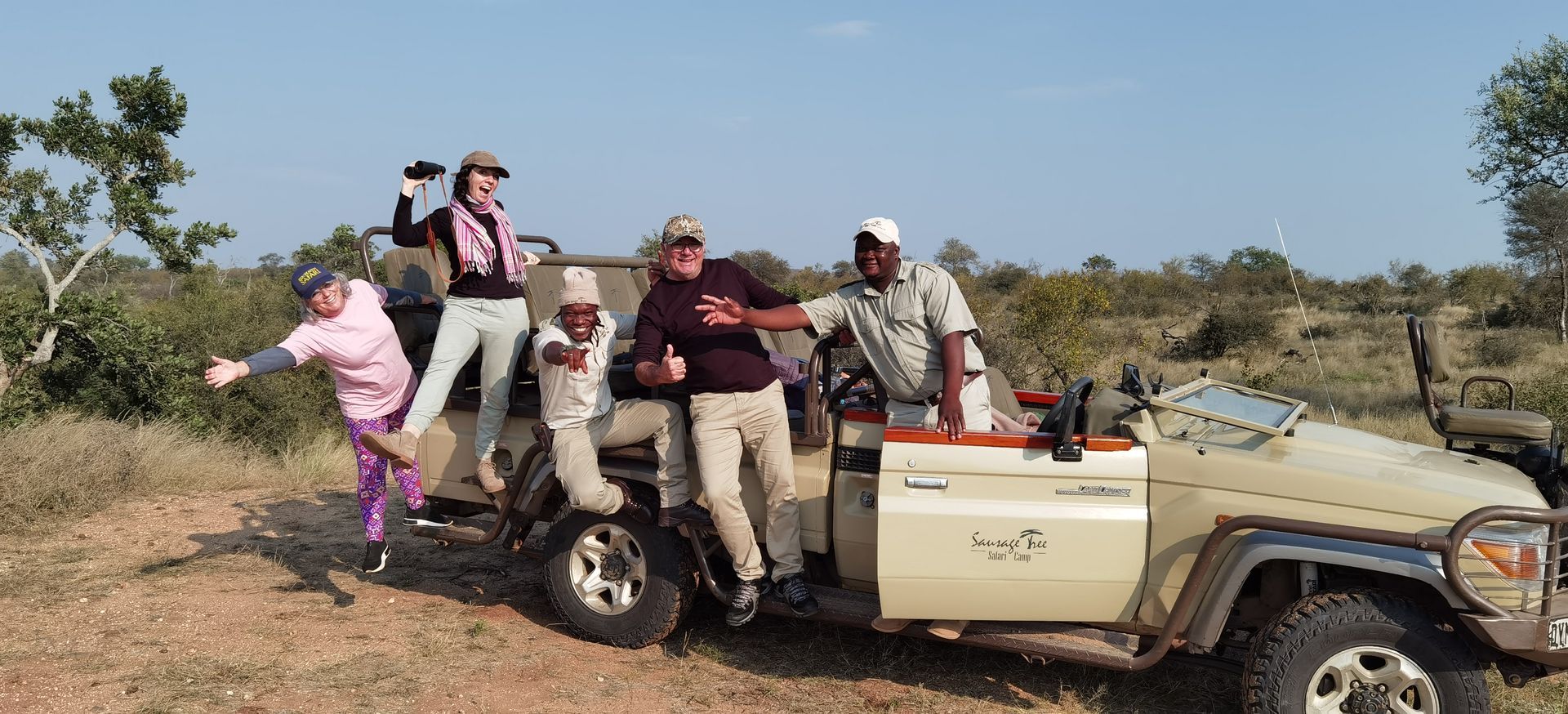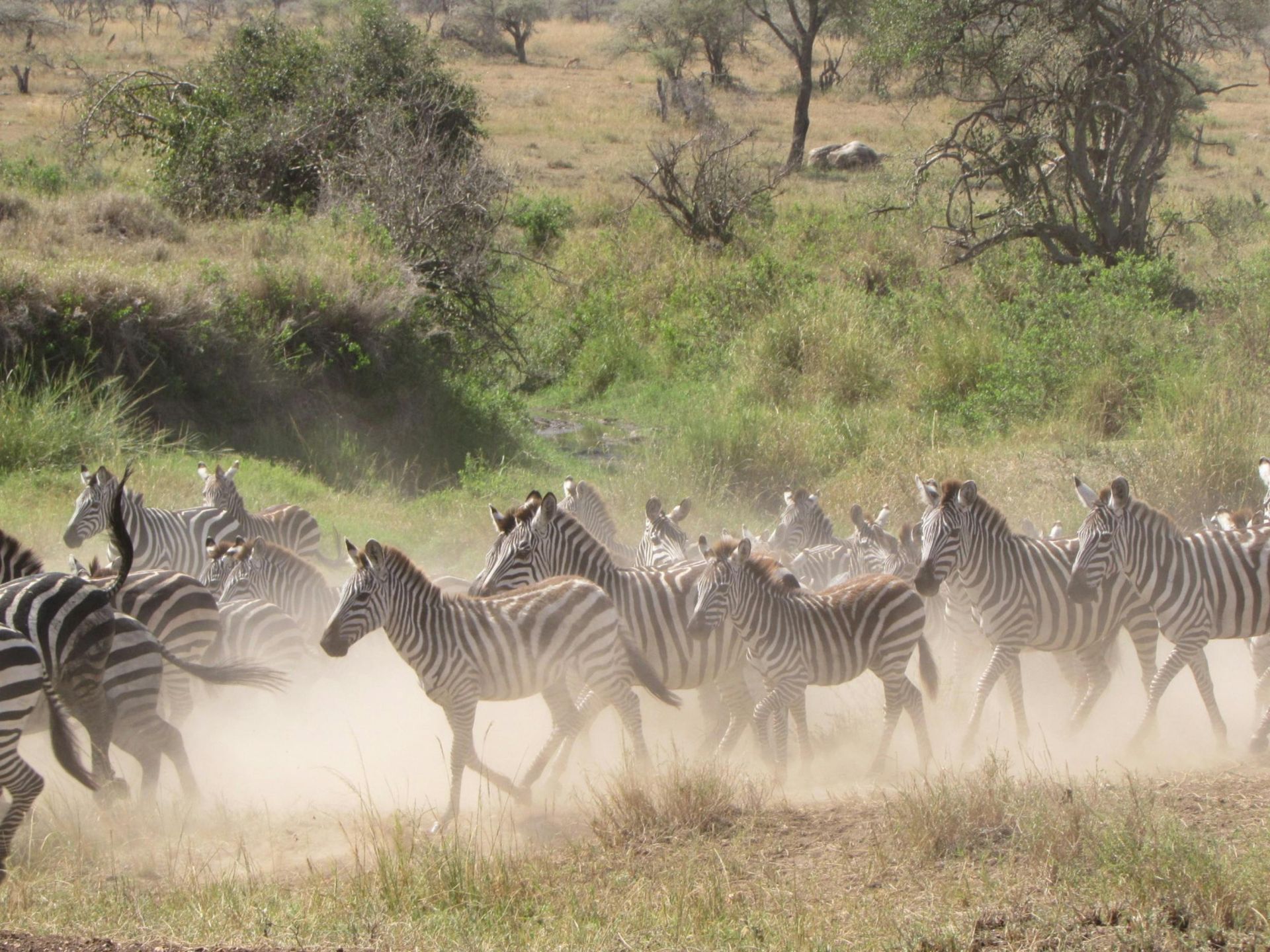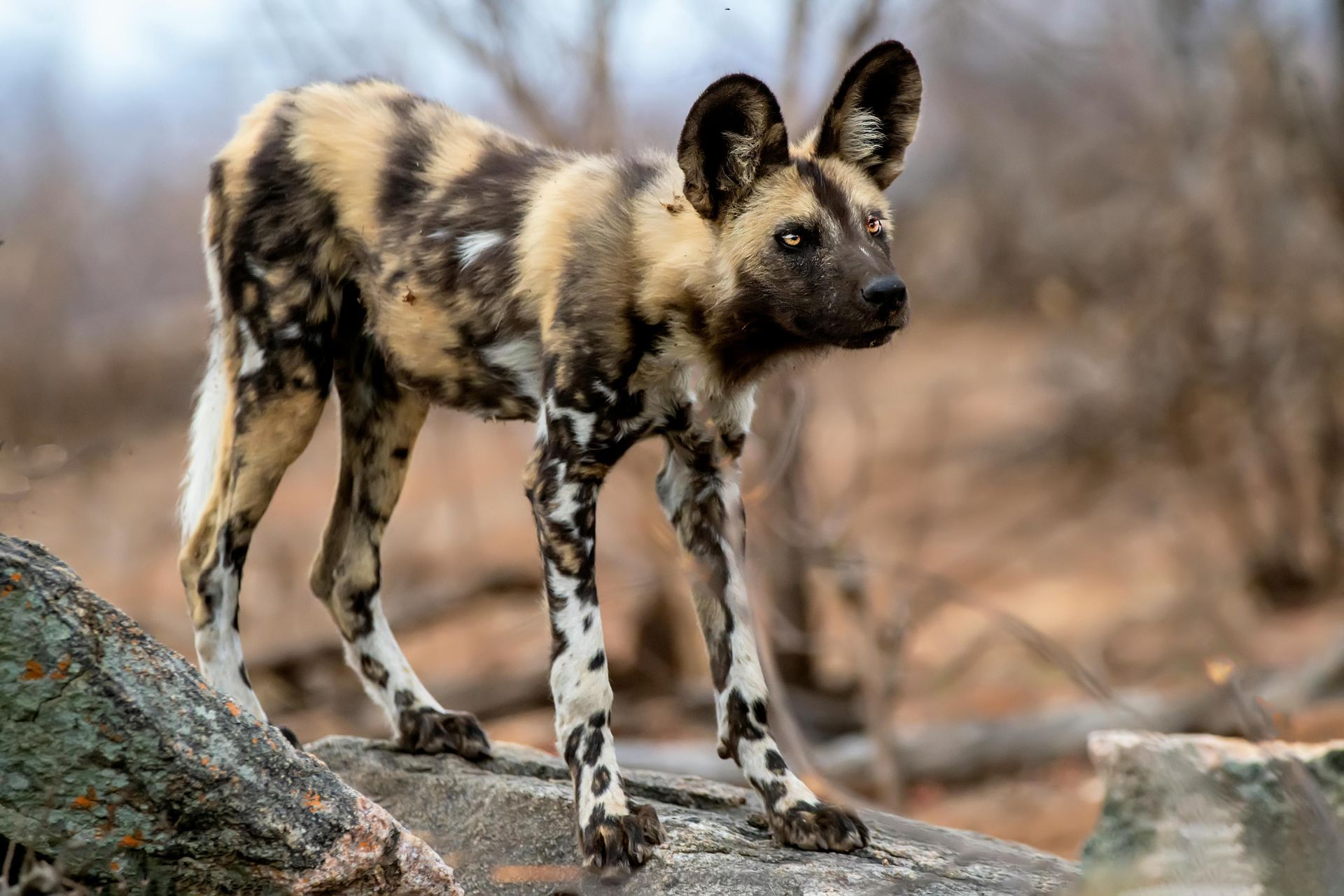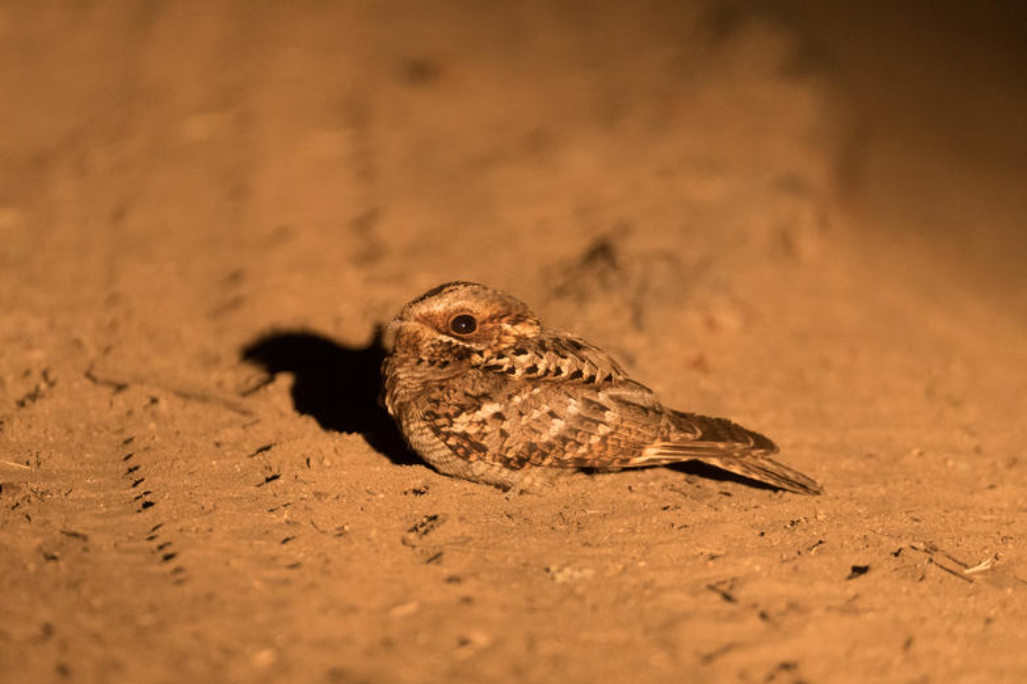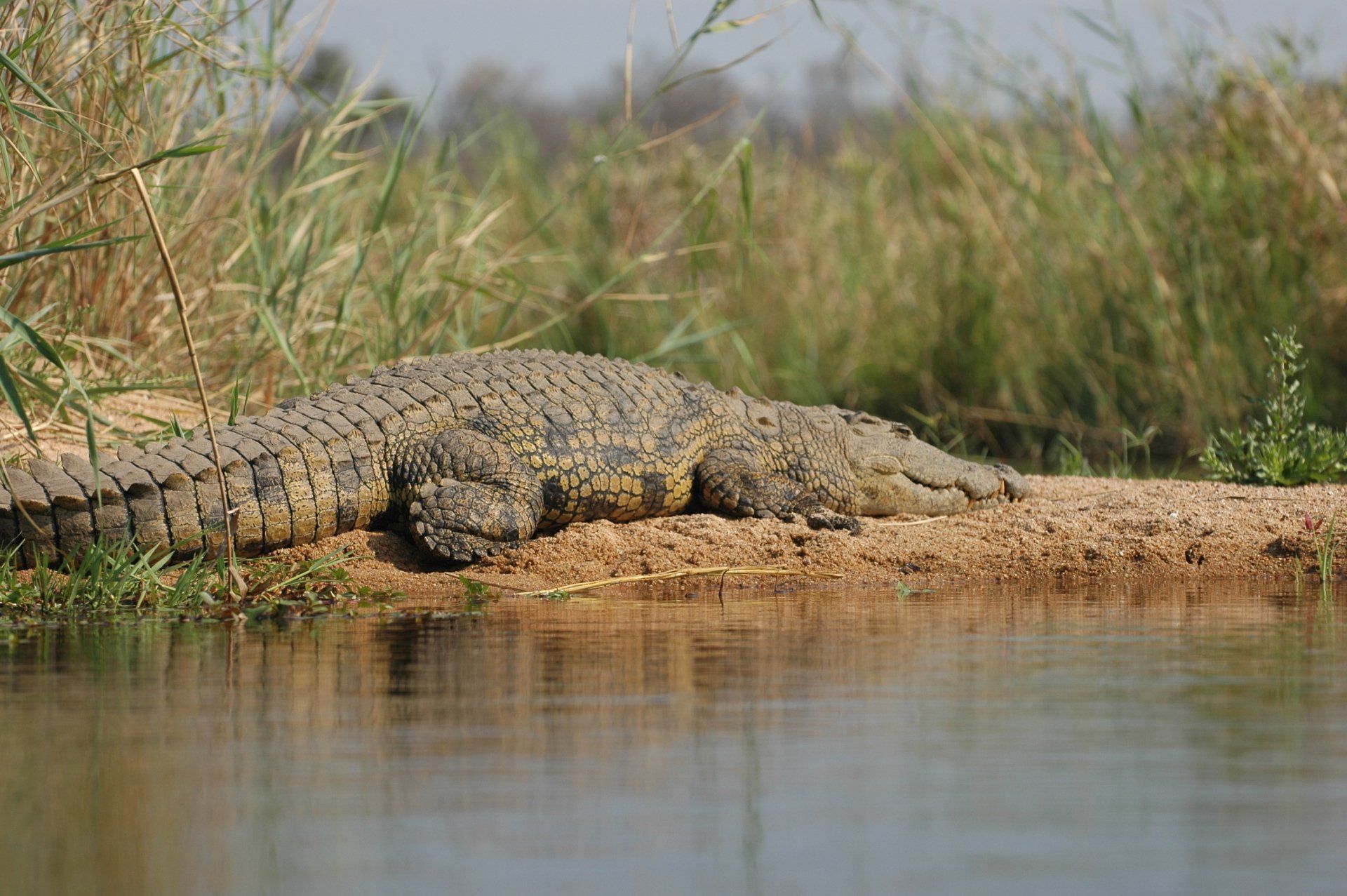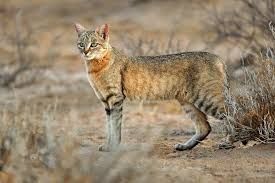
WHEN CROCODILES RULED OUR WORLD
It is purported that they did once, sometime after the dinosaur extinction, but not in the form as most of us would imagine.
Present day crocodilians with their thick, armoured skin, large teeth, slow lifestyles and predatory habits give the image of being directly descended from dinosaurs , unchanged for hundreds of millions of years.
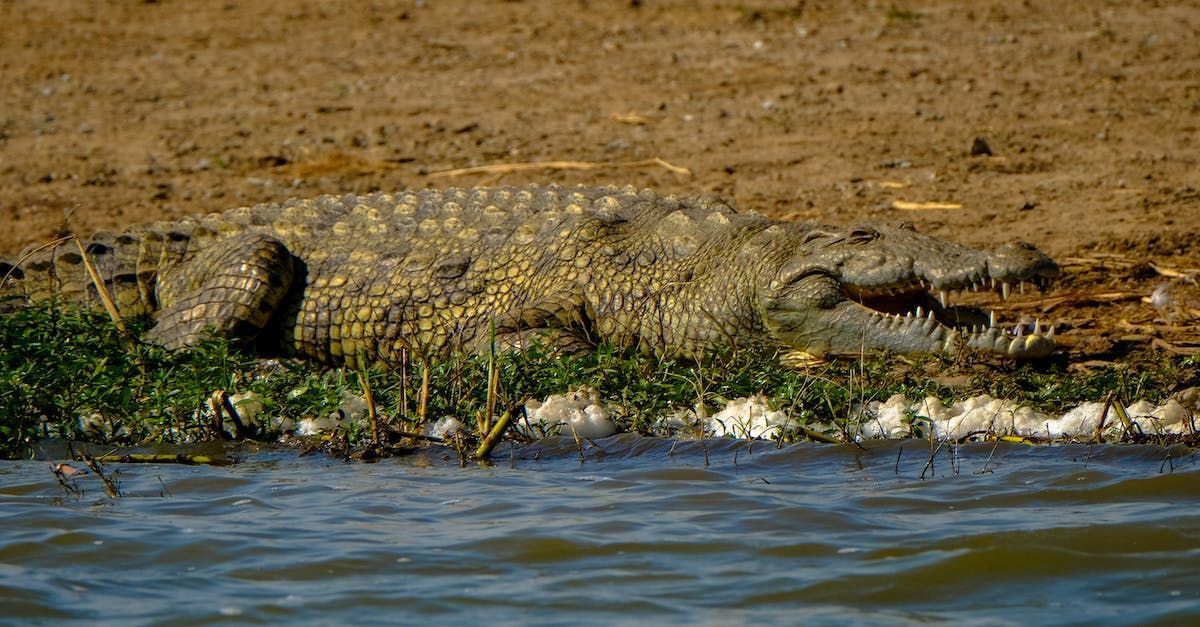
Wind the clock back to approximately 200 million years ago and some of the crocodilian species fitted this description and were large enough to prey on dinosaurs but the majority were very small , fast moving animals preying on insects. There were even herbivorous versions , plant eating with complex mammal like teeth. After the dinosaur extinction it is thought there was a period during which these type of crocodilians thrived and dominated.
The big question , still unanswered is why and when did these crocodilian species evolve from being fast growing , high metabolism animals to what they still are today : slow growing , slow metabolism creatures.
We do know the larger , modern group of crocodilians likely first appeared in Europe around 145 million years ago. After this the ancestors of crocodiles and alligators split in North America and crocodiles developed the ability to live in salt water thus spreading much further still , whilst alligatorials ( including caiman) were confined to freshwater rivers and lakes.
Today there are only 28 species of crocodilians found only in tropical and subtropical areas , a fraction of the number of species that prevailed in their period of domination.
Fortunately one of the species is the Nile crocodile which is the most common one on this planet, and is to be found in our Olifants River which forms the Northern boundary of our Olifants West Nature reserve , part of the Greater Kruger. This species can grow to over 4 metres in length and is reputed to reach 90 years of age. It is said to be the only predator in these parts that has no fear of humans. Very often a reported death by drowning , if unwitnessed ,was likely to be in fact a victim of a crocodile as it is a perfect crime : no evidence , no remains. Their prey range is simply anything they can overpower , an ambush predator with significant biting force and the large conical teeth , once locked on , are virtually impossible to loosen.
They can if necessary survive on one large meal per year. During times of drought and winter in the Lowveld they can lower their metabolic rate and enter a state of suspended animation. They are deceptively fast when required reaching speeds of over 30 km/hr both on land and in water albeit for short distances only.
Come to Sausage Tree Safari Camp in Olifants West Nature Reserve and we will take you next to the Olifants River in search of these incredible predators.
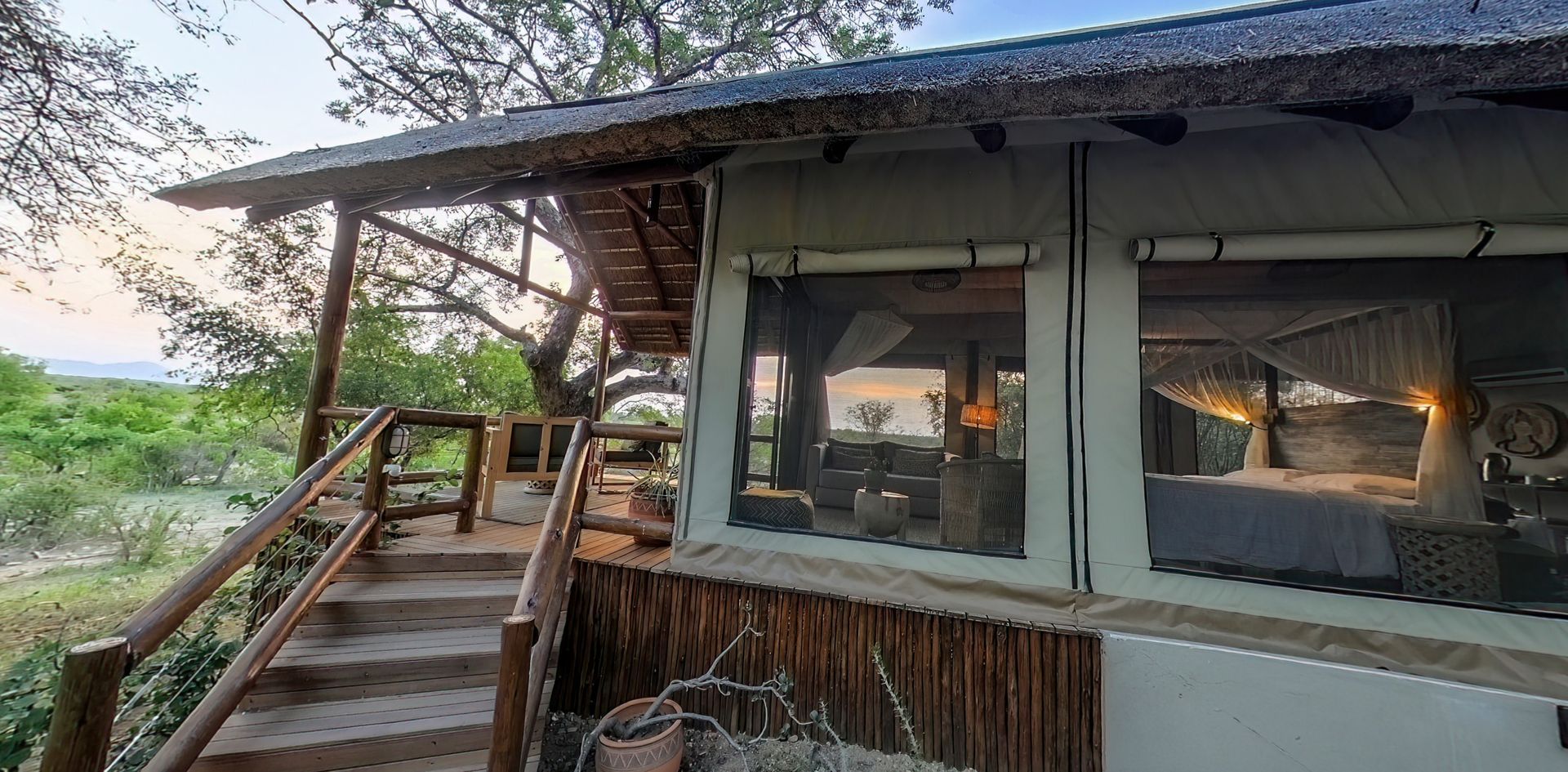
GREATER KRUGER PARK
25 Cambridge
Olifants West Nature Reserve,
Hoedspruit, 1380
Website built by
www.safariweb.online
Contact Us
Tel/Fax: +27 (0)15 793 0098
Emergency (A/H): + 27 (0) 83 682 3331
Email: info@sausagetree.co.za
